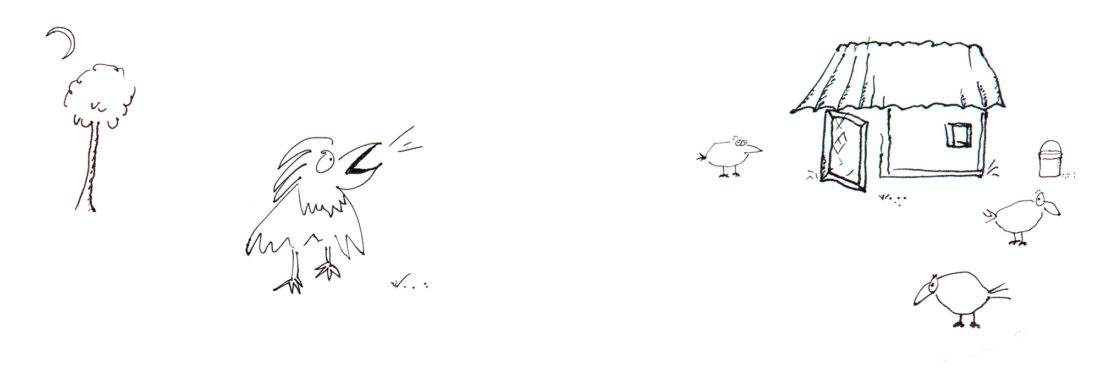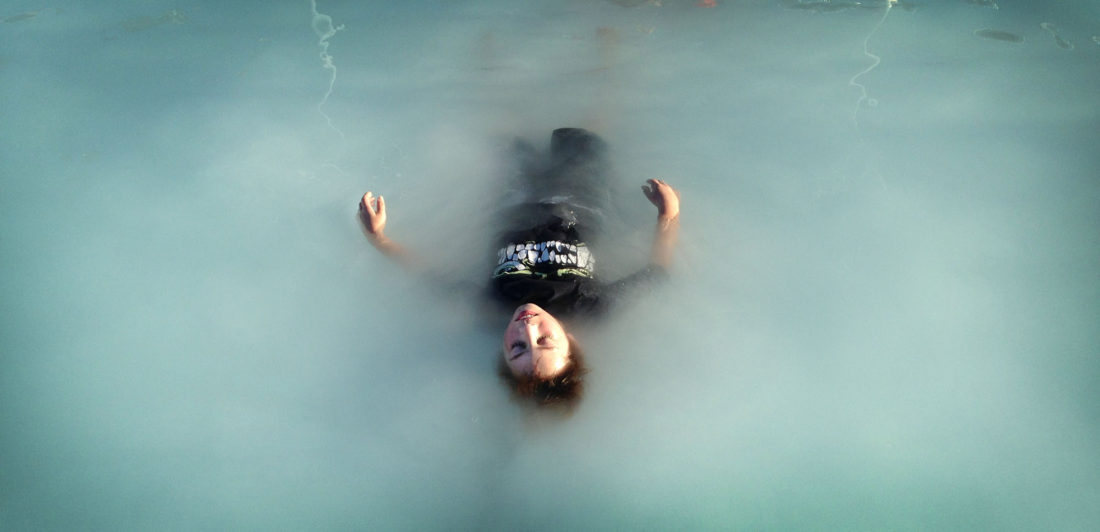Was ‘The English Patient’ born here?
One of my all-time favorite books is Michael Ondaatje’s The English Patient. So I was thrilled to hear that the book was just awarded the Golden Man Booker Prize, recognizing it as the best work of fiction awarded the Man Booker Prize in the last 50 years.
I knew that the Italian part of the book was set largely in these parts. A major scene in the book takes place in front of the Piero Della Francesca frescoes in the Basilica of St. Francis in Arezzo—and throughout there are mentions of Monterchi, Anghiari, and other area villages.
This region is rich in war history, in large part because the front was stalled for months around here during the Italian campaign that lasted from 1943 to 1945. Locals still tell stories about the resistance, close escapes, tragedies, and recent finds of land mines and bullets.
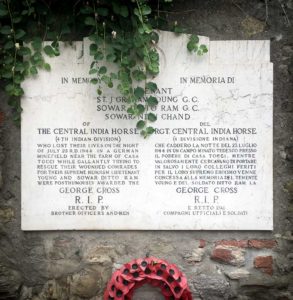 There’s a rumor that this plaque—which stands next to one of my favorite restaurants in Monterchi—was one of Ondaatje’s inspirations for the book, inspiration that resulted in the incredible character, Kip.
There’s a rumor that this plaque—which stands next to one of my favorite restaurants in Monterchi—was one of Ondaatje’s inspirations for the book, inspiration that resulted in the incredible character, Kip.
The plaque commemorates three war deaths of The Central India Horse 4th Division—two men with Sikh names and one with an English name. Ditto Ram and St. John Graham Young both received the George Cross—the second highest decoration possible in England—for helping other soldiers out of a minefield they’d all stumbled into on a nearby farm. This assistance occurred after both had stepped directly on land mines and before they died minutes later. Almost 50,000 Sikh troops (mostly men between ages 19 and 22) fought in Italy.
Every year, the plaque is freshly decorated with a wreath of paper red poppies, a British tradition to honor those who fought, and died, in war.










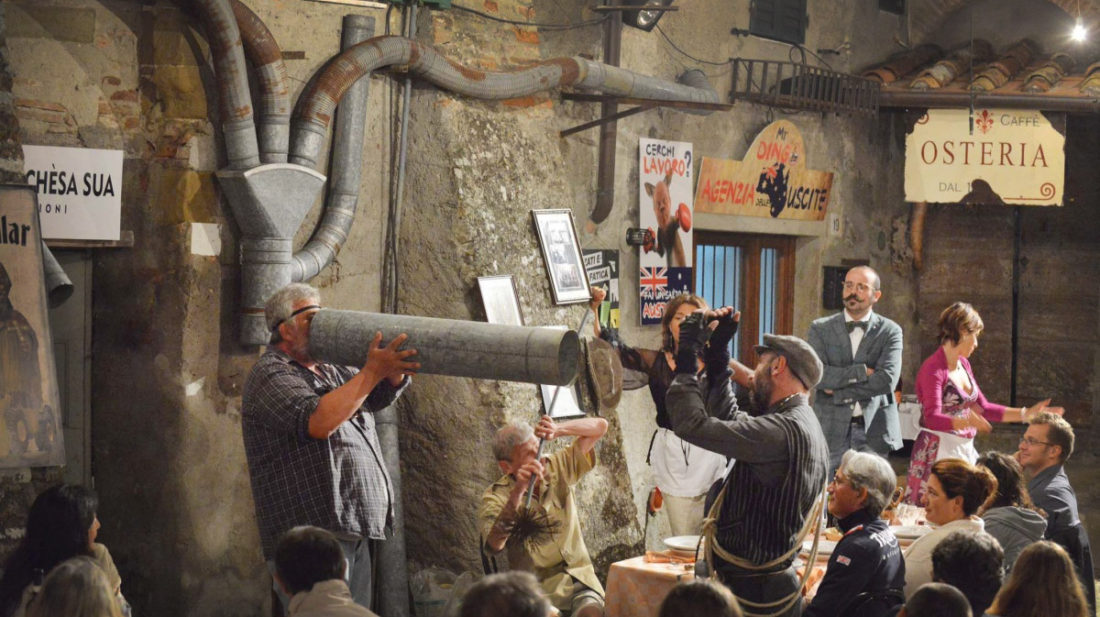
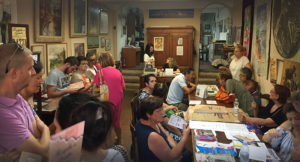 The town wildly embraces this annual tradition. There are 130 seats for each of the 10 shows and tickets sell out almost immediately. I went to buy mine the morning the tickets were available, arrived 15 minutes after the office opened, and found myself 66th in line. The entire process took hours!
The town wildly embraces this annual tradition. There are 130 seats for each of the 10 shows and tickets sell out almost immediately. I went to buy mine the morning the tickets were available, arrived 15 minutes after the office opened, and found myself 66th in line. The entire process took hours!

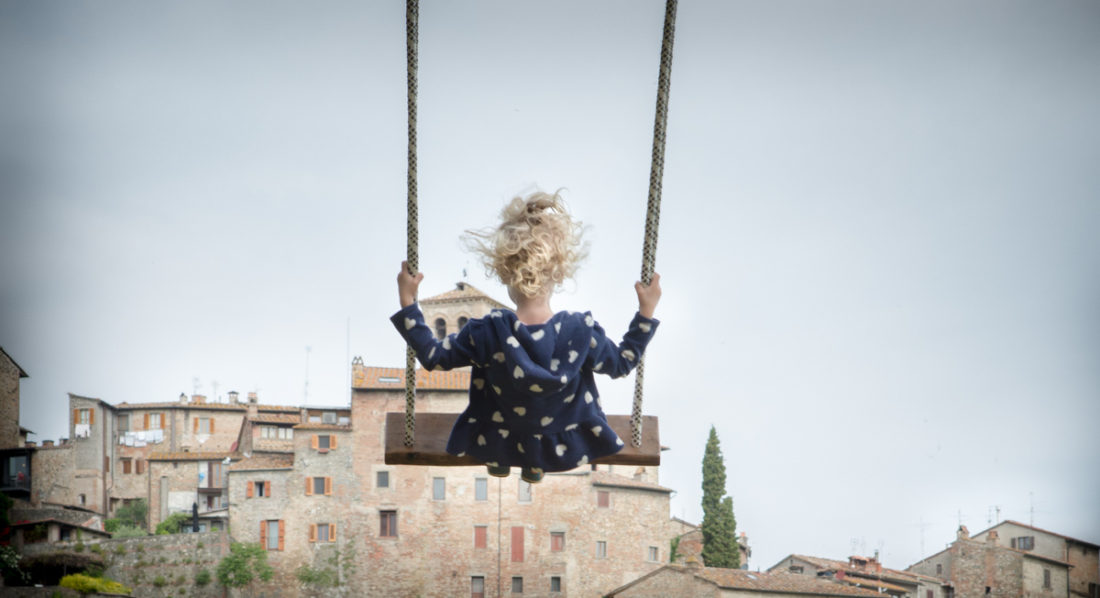
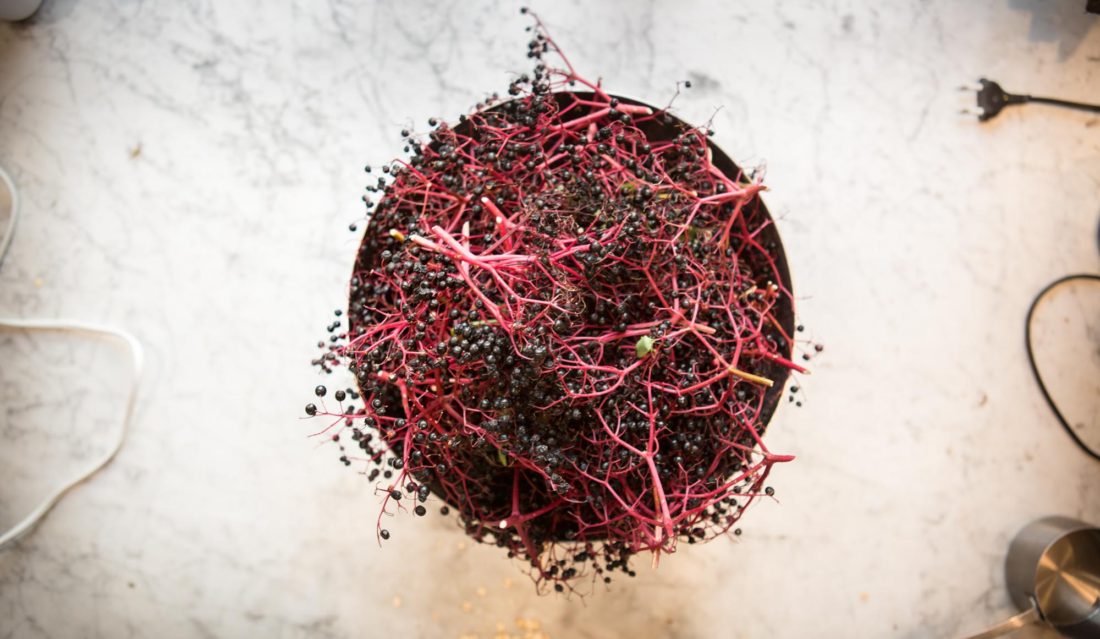
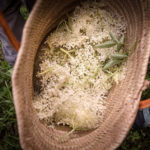 Elderflowers grow like weeds here. Weeds that have huge thorns and become 30-foot trees while your back is turned. Good thing they have gorgeous white flowers that are delicious to make into elderflower cordial. (I’ve heard they are also good to fry, like
Elderflowers grow like weeds here. Weeds that have huge thorns and become 30-foot trees while your back is turned. Good thing they have gorgeous white flowers that are delicious to make into elderflower cordial. (I’ve heard they are also good to fry, like 